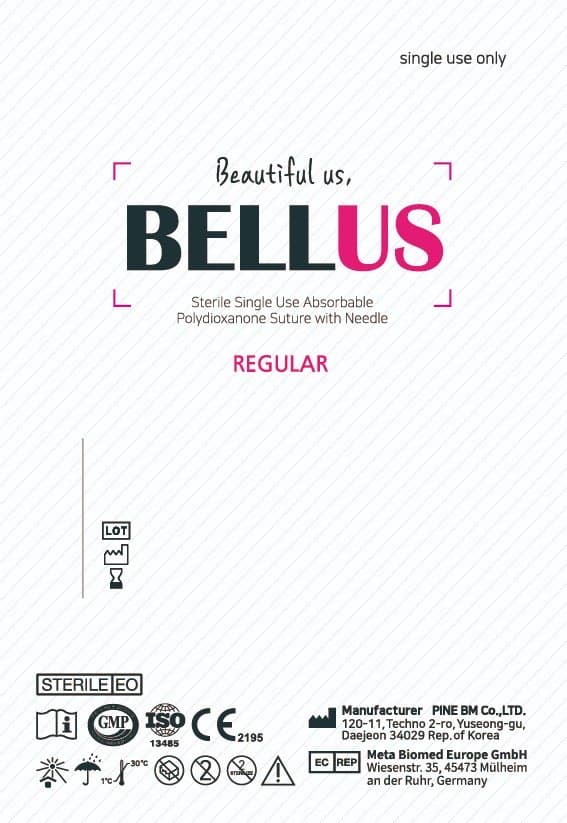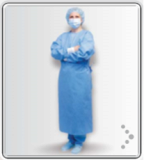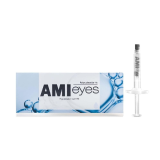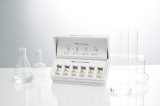Thread lifting, also known as a thread lift, is a minimally invasive cosmetic procedure that aims to lift and tighten the skin. This technique involves using biocompatible, absorbable threads, which are carefully inserted into the skin with fine needles. Once placed, the threads work in two main ways:
Immediate Lift and Contour Enhancement: The threads have small barbs or cones that hook into the skin, allowing them to lift and reposition sagging areas, particularly around the cheeks, jawline, neck, and brows. This creates an immediate lifting effect, which can enhance facial contours and provide a youthful appearance.
Long-Term Collagen Stimulation: The presence of these threads in the skin stimulates the body's natural healing response, encouraging collagen production over time. Collagen is essential for skin elasticity and firmness, so increased collagen levels can help maintain the lifted effect even after the threads naturally dissolve.
There are several types of threads commonly used in thread lifting:
- PDO (Polydioxanone) Threads: These are the most commonly used threads and dissolve within 6–9 months. They are known for promoting a natural-looking lift and firming the skin over time.
- PLLA (Poly-L-lactic Acid) Threads: These threads dissolve more slowly than PDO, often lasting up to 18 months, and provide a longer-lasting effect.
- PCL (Polycaprolactone) Threads: The longest-lasting option, PCL threads can provide results for up to 24 months.
The procedure is typically quick and does not require general anesthesia. Local anesthesia is used to numb the area, making the process more comfortable for the patient. Recovery time is minimal, and most patients can resume regular activities within a day or two, although minor swelling or bruising may occur.
Thread lifting is considered a safe and effective way to achieve a subtle, natural-looking lift without undergoing full surgical facelifts, making it a popular choice for those looking to reduce visible signs of aging with minimal downtime.



































 South Korea
South Korea




_2.jpg)



